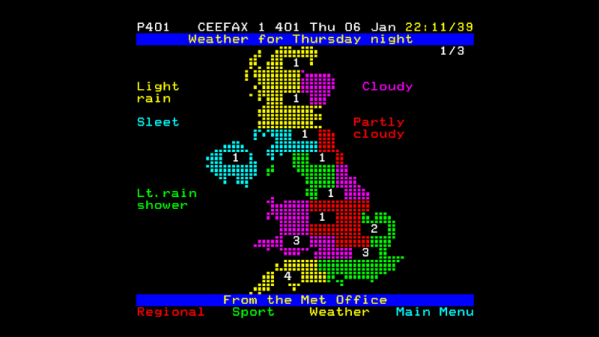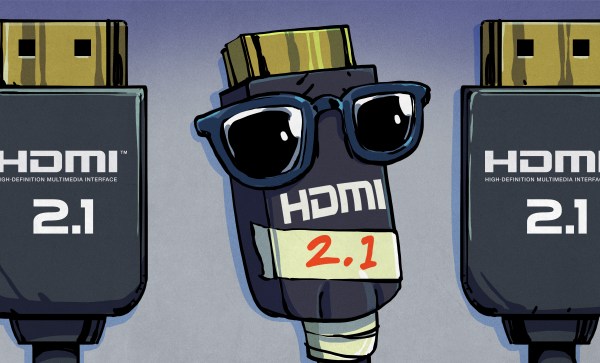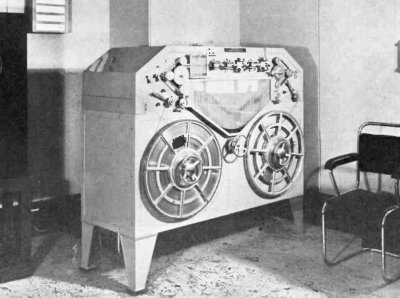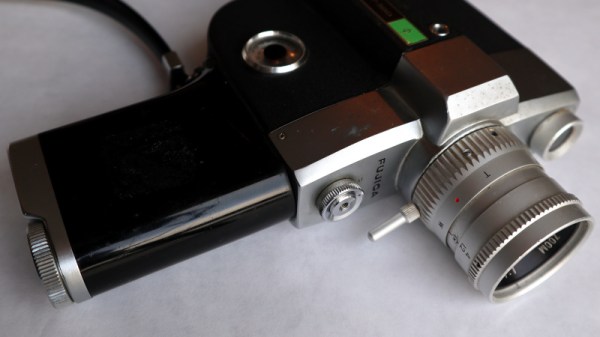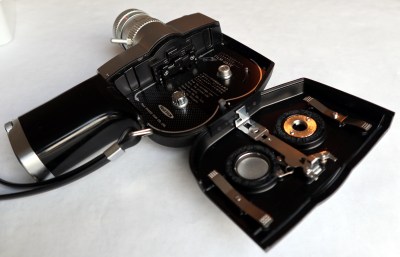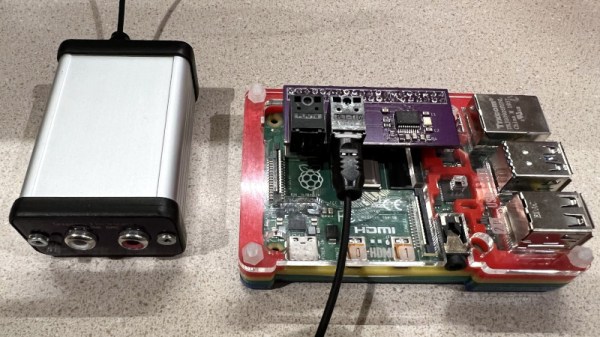As analogue TV slides from memory, there’s a facet of it that’s fondly remembered by a band of enthusiasts. Teletext was an electronic viewdata information service digitally encoded in the frame blanking period, and a TV set with a decoder chip would provide access to many pages of news and other services all displayed in the characteristic brightly colored block graphics. It went the way of the dinosaur with the demise of analog TV, but for [Nathan Dane] the flame is kept alive with his own private version of the BBC’s CEEFAX service.
He has a particular enthusiasm for analog TV, and as such has his own in-house channel served by a UHF modulator. He shares with us the story of how he arrived at a teletext service, before writing code to scrape the BBC news and weather websites and populate his modern-day CEEFAX. Behind it all is a Raspberry Pi, with a vbit-pi board injecting the teletext signal onto the video, and raspi-teletext creating the pages from source material derived from a set of custom scraper scripts.
We like this project a lot, because while it’s not the first Pi teletext system we’ve encountered, the use of a scraped live feed makes it one of the most creative.
Thanks [kwikius] for the tip!

